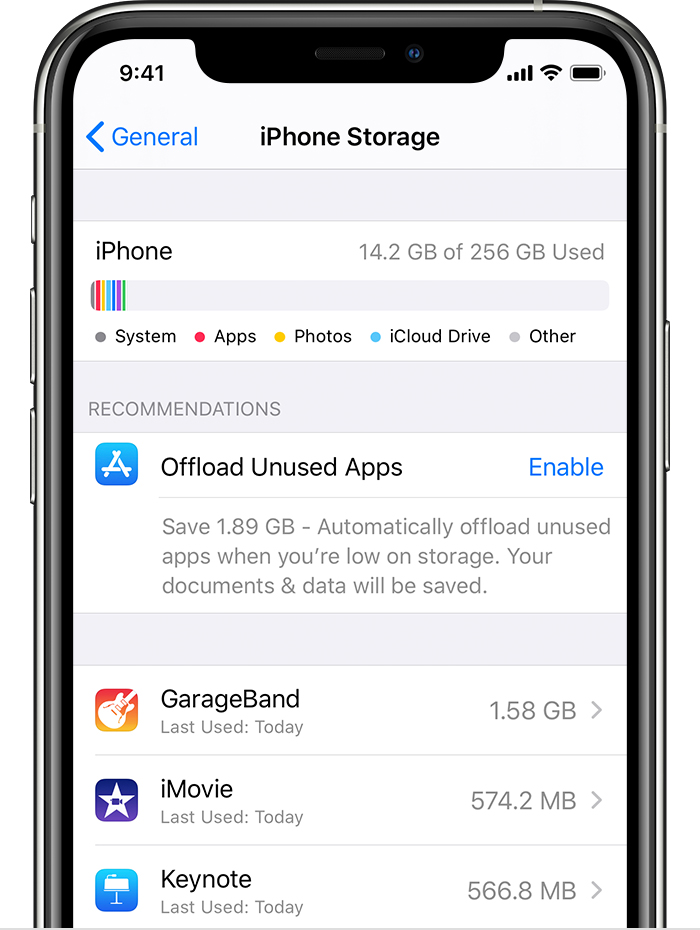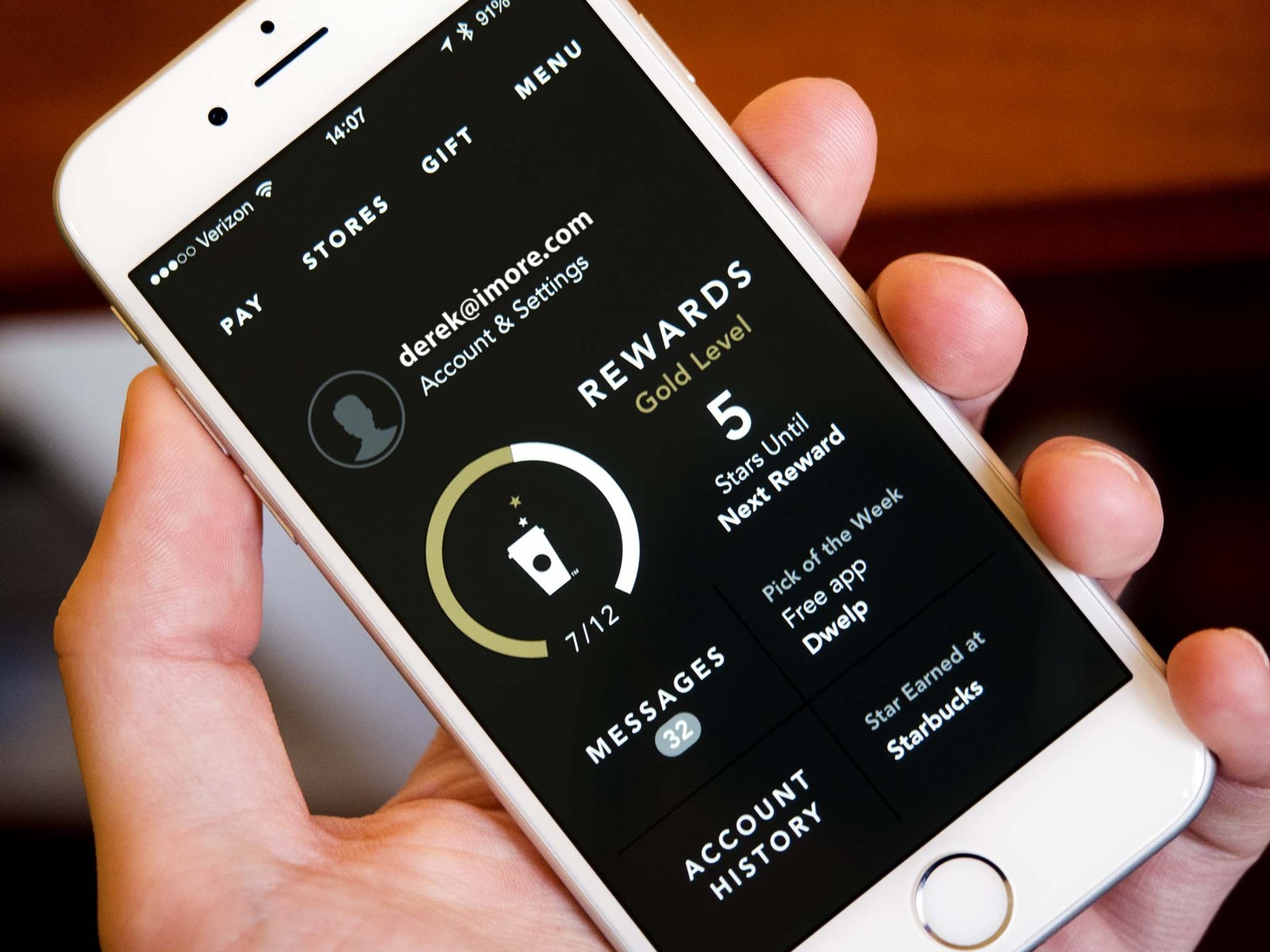Owned a smartphone for a while and need to free up some space because you're running out of storage? In this video, Joe goes over a couple tips on how to cle. Free up space on your Android device. On your Android phone or tablet, open the Google Photos app. Sign in to your Google Account. Tap your account profile photo or initial Photos settings Free up. Jun 29, 2020 Once your snapshots are safely backed up, Photos can zap any locally stored images to free up more space. Open the Photos app, tap the three-line menu button in the top left corner of the screen.
Anyone with a smartphone will be veryfamiliar with seeing the dreaded “storage almost full” message flash up on the screen.For those who have ignored these warning signs long enough, it may even read“storage full”. Running out of memory can be quite annoying and disruptive,particularly if it happens just before you need to do something which requiresstorage space.
For most Apple or Android users, this message will first appear when you are very close to reaching your storage limit, usually about 500MB before. It often shows after you’ve tried to download a new app, that album you’ve been looking forward to or while shooting a video. If the file size is larger than what’s remaining, the prompt will appear and indicate that you need to make room.
The good news is that you don’t have to putup with it. There are simple steps you can take to help stretch your phone’sinternal memory and make use of every megabyte you have.
Transferphotos and videos out of internal storage
We’re all guilty of taking photosand recording videos, and then forgetting to delete them. Over time, thesefiles can accumulate and take up a lot of storage.

By offloading these files to a cloud-basedsystem, it can make a huge difference. If you’re using an iPhone, go toSettings > Apple ID > iCloud > Photos and tap the iCloud Photo Librarytoggle to turn the service on. Once you’ve enabled iCloud Photo Library, yourphotos and videos will automatically upload to iCloud so you’re free to deleteany locally stored files. Apple provides a certain amount of storage for free,with more available for a small fee.

Android users can set up Google Photos toautomatically back up files by launching the app and going to Settings >Back Up & Sync. Google lets you back up unlimited photos and videos forfree, up to 16MP and 1080p HD. You can then access them from any phone, tablet,or computer on photos.google.com.
Beyond iCloud and Google Photos, there arevarious apps you can use to upload your photos and videos to an online account,including Dropbox and Flickr.Alternatively, you could always go through your albums and delete what you donot need.
Getrid of those unwanted apps
Another habit that we all get into isdownloading apps for a specific purpose (or amid a gaming fad – who remembersFlappy Bird?) and then forgetting to delete them. These apps take up asurprisingly large amount of space and if left without updates, can cause yourphone to slow down.
To see how much space each app occupies,iOS users can go to Settings > General > iPhone Storage. On an Androidsmartphone, open Settings > Storage > Apps.

By deleting a handful of apps, you couldpotentially free up as much as 500MB with little or no effort.
Removeunnecessary downloads
Unlike a few years ago, our phones nowcontain lots of downloaded content. From podcasts to Netflixepisodes, to music, eBooks and documents. Much like unwanted apps, these areoften downloaded and forgotten about. If you no longer need or use them, deletethem and free up space for new content.

Deleteold text message threads

When you send and receive text messages,your phone automatically stores them for safe keeping. If these texts containimages or videos, they can take up a considerable amount of space.
Fortunately, you do not need to go back andmanually delete all your old text messages. Both Apple and Android phones allowyou to auto-delete old messages.
To enable this feature in iOS, go toSettings > Messages and scroll down until you see Message History. Then, tapKeep Messages and change Forever to 30 Days or 1 Year. Immediately after,you’ll be prompted to delete older messages.
For other devices – like Samsung phones– you simply need to head to Settings and make sure “delete old messages” is toggledon.
By following these tips, you will besurprised at how much storage you can save and in turn, how little you begin tosee those pop-ups again.
Next ArticleWhat technology is helping us go contactless during the pandemic?
How iOS and iPadOS optimize storage
If your device is low on storage, it automatically frees up space while installing an app, updating iOS or iPadOS, downloading music, recording videos, and more.
To make more storage available, your device can remove some of your items, like streamed music and videos, files in iCloud Drive, and parts of apps that aren't needed. It also removes temporary files and clears the cache on your device. But your device only removes items that can be downloaded again or that aren't needed anymore.
Use your device to check its storage
Go to Settings > General > [Device] Storage. You might see a list of recommendations for optimizing your device's storage, followed by a list of installed apps and the amount of storage each one uses. Tap an app's name for more information about its storage. Cached data and temporary data might not be counted as usage.
In the detailed view you can:
- Offload the app, which frees up storage used by the app, but keeps its documents and data.
- Delete the app, which removes the app and its related data.
- Depending on the app, you might be able to delete some of its documents and data.
If your device is almost full and can't free up space, you might get a Storage Almost Full alert. If you see this alert, you should check the storage recommendations or you need to offload some less-used content like videos and apps.
Content categories
The used content on your device is divided in these categories:
- Apps: Installed apps and their content, and content stored in 'On My iPhone/iPad/iPod touch' directory in the Files app, and Safari downloads
- Photos: Photos and videos stored in the Photos app
- Media: Music, videos, podcasts, ringtones, artwork, and Voice Memos
- Mail: Emails and their attachments
- Apple Books: Books and PDFs in the Books app
- Messages: Messages and their attachments
- iCloud Drive: iCloud Drive content that has been downloaded locally to your device. This content can't be automatically deleted.
- Other: Non-removable mobile assets, like Siri voices, fonts, dictionaries, non-removable logs and caches, Spotlight index, and system data, such as Keychain and CloudKit Database. Cached files can't be deleted by the system.
- System: Space taken by the operating system. This can vary based on your device and model.
Use recommendations to optimize storage
In the Storage section of Settings, your device might offer recommendations for optimizing your storage. Tap Show All to see all the recommendations for your device.
Read the description of each recommendation, then tap Enable to turn it on or tap the recommendation to review the contents you can delete.
Use Finder or iTunes to check the storage on your iOS device
- On a Mac with macOS Catalina 10.15, open Finder. On a Mac with macOS Mojave 10.14 or earlier, or on a PC, open iTunes.
- Connect your device to your computer.
- Select your device in Finder or in iTunes. You'll see a bar that shows how much storage your content uses, divided by content type.
- Move your mouse over the bar to see how much storage each content type is using.
Here's a list of the types of content on your device, and what each type includes:
- Audio: Songs, audio podcasts, audiobooks, voice memos, and ringtones.
- Video: Movies, music videos, and TV shows.
- Photos: Content in your Photo Library, Camera Roll, and Photo Stream.
- Apps: Installed apps. The content of the apps is listed under Documents & Data.
- Books: iBooks books, audio books, and PDF files.
- Documents & Data: Safari Offline Reading List, files stored within installed apps, and app content like contacts, calendars, messages, and emails (and their attachments).
- Other: Settings, Siri voices, system data, and cached files.
About cached files in 'Other'
Finder and iTunes categorize cached music, videos, and photos as Other instead of actual songs, videos, or photos. Cached files are created when you stream or view content like music, videos, and photos. When you stream music or video, that content is stored as cached files on your device so you can quickly access it again.
How Can I Free Up Storage On My Android Phone
Your device automatically removes cached files and temporary files when your device needs more space.
How Can I Free Up Storage On My Phone Screen
If storage on your device differs from what you see in Finder or iTunes
Since Finder and iTunes categorize cached files as Other, reported usage for Music or Videos might differ. To view usage on your device, go to Settings > General > [Device] Storage.
If you want to delete the cached files from your device
Your device automatically deletes cached files and temporary files when it needs more space. You don't need to delete them yourself.
Learn more
- To reduce the size of your Photo library, turn on iCloud Photo Library and optimize your device storage.
- Optimize your music and videos storage in Settings > Music > Optimize Storage.
- Learn how iOS, iPadOS, and macOS report storage capacity.
